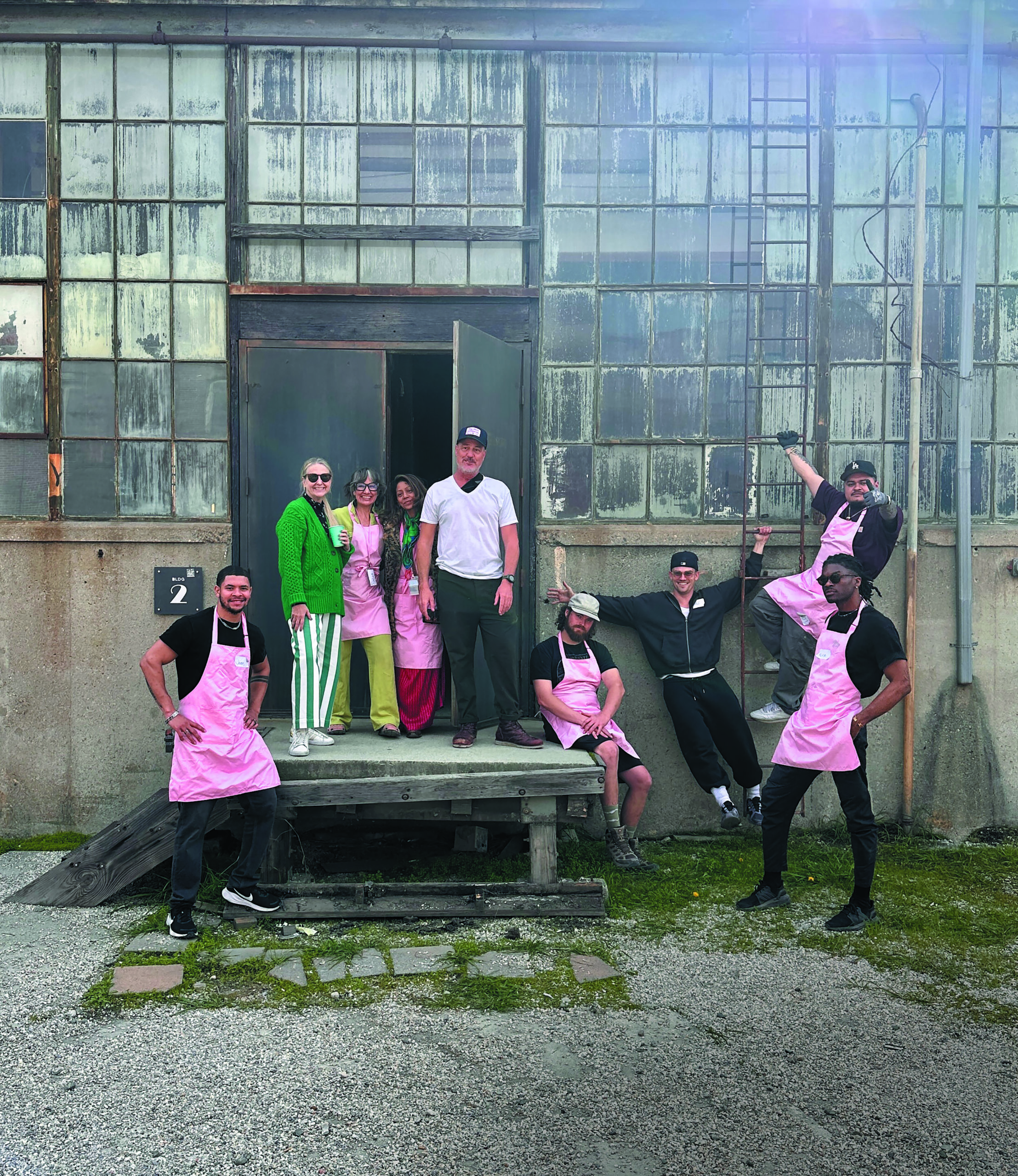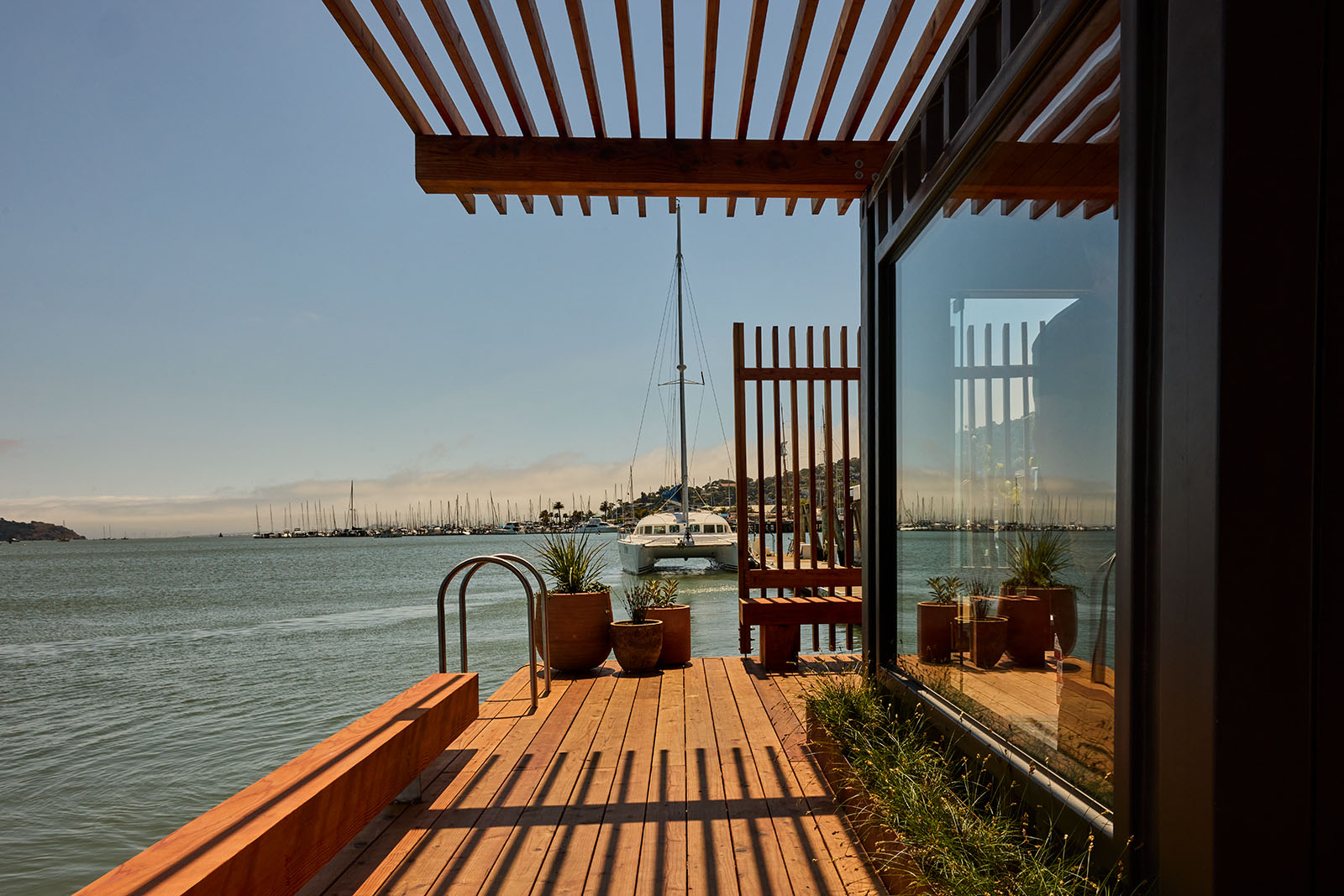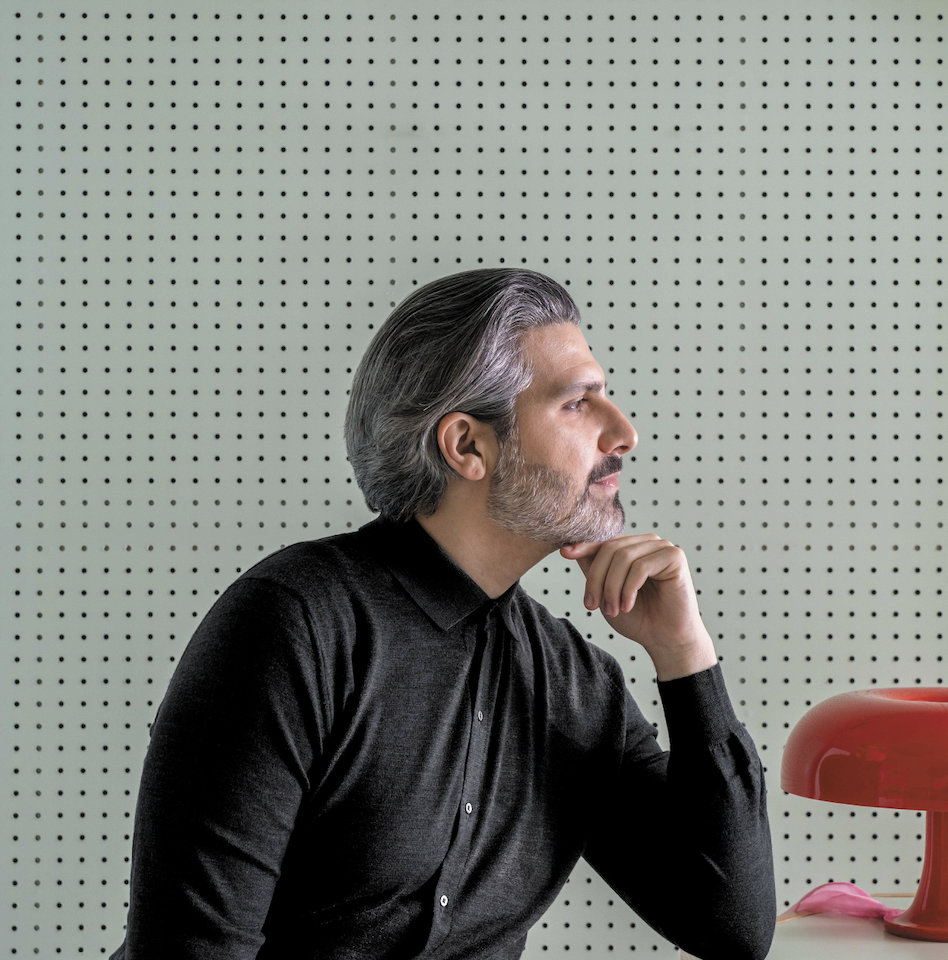Living Off the Land
Author:Lindsey ShookLandscape designer Christian Douglas shares the many benefits of urban gardening
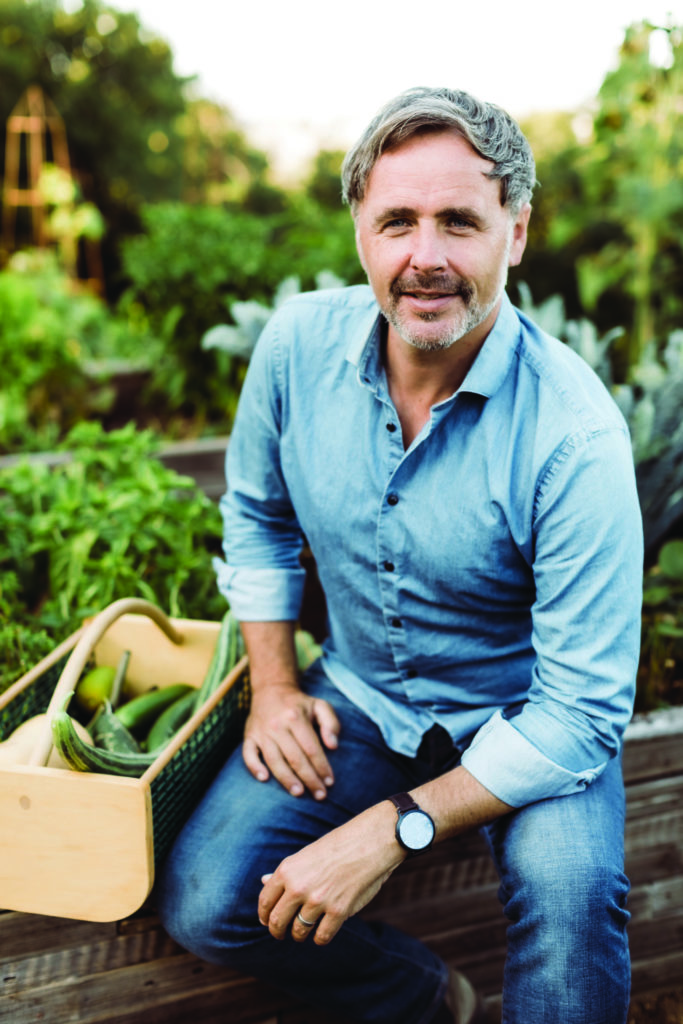
American culture has made such a grand departure from the historic “living off your land” concept embraced by prior generations. What created this shift and why is it important to return back? Industrial postwar agriculture was a defining moment in our history. It created cheaper food and greater convenience, but overall poorer quality and a heavy demand on the environment. It was the Ama- zon of the time. An interdependence was formed, and more people stopped gardening. The population also began migrating away from rural areas to cities, which also played a big part in diminishing reverence for growing what we eat and sharing with others. That migration also diluted farming skills, which were no longer handed down from generation to generation. Now, as the Covid-19 pandemic upends supply chains and the industrial food systems, we are experiencing, firsthand, our vulnerabilities to a fragile food system.
Growing our own food gives us peace of mind, allowing for control of our choices. I certainly feel less concerned about situations beyond my authority when I have healthy food in my own garden. We can not only ensure we have access when confronted with challenging times, but we also get to choose varietals we like, ensure our food is truly organic, lower our carbon footprint and—the proverbial cherry on top—home-grown food tastes superior to anything store- bought. Interesting fact: Flavor is directly linked to nutrition density, so it’s far healthier too.
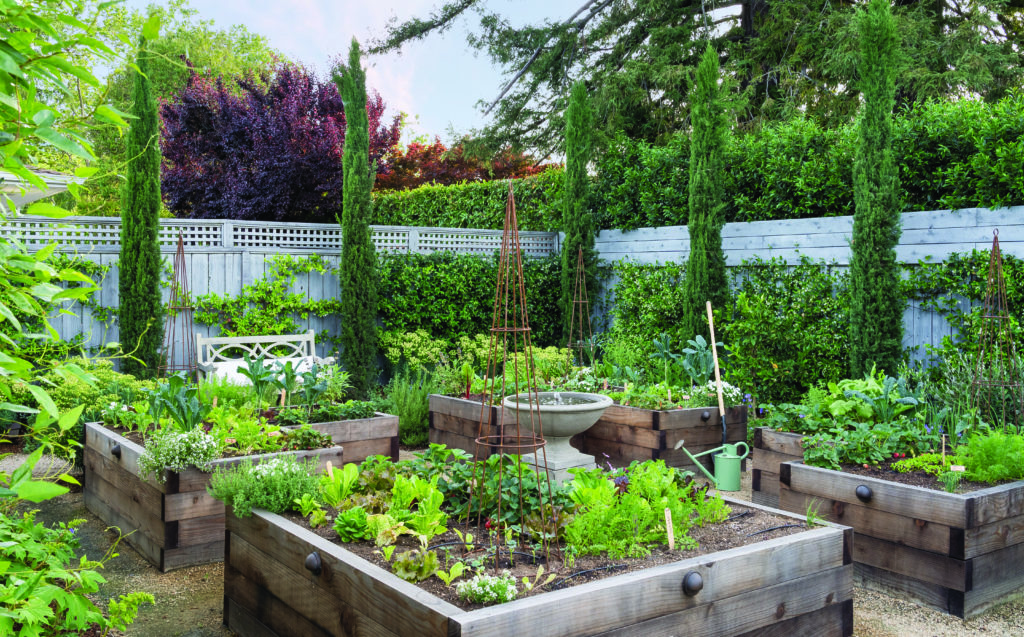
It seems many people think vegetable gardens aren’t aesthetically pleasing for surrounding a home. How have you debunked that perception? This has been my quest for several years. How do we shift this perception that conventional design aesthetics and food production are awkward acquaintances? I see them as romantic lovers. And creating this unique marriage is where I have chosen to focus my time. I should note that the French have been doing it beautifully for centuries. So none of this is particularly new. However, in the more modern aesthetic, I have observed that successfully marrying these two concepts comes down to four things:
Function is beauty: shifting the perception that func- tion has, in and of itself, inherent beauty.
Proximity is key: The closer the vegetable garden is to your main living area, the more likely you are to go out and engage. When we increase interaction we become better farmers and the garden thrives. I often hear, “Vegetables look unsightly so we like to tuck them out of the way.” The reality is, the reason they look unsightly is because we tuck them out of the way. Out of sight quickly becomes out of mind and the consequences perpetuate that belief.
Project narrative: It is important to carefully choose materials that integrate with the overall project narrative—the same as any other feature/element you are considering in the landscape. Be bold. Allow edible elements to climb higher up the design hierarchy. Celebrate food. Bring it forward and stop tucking it out of the way.
Variety: Remember, annual vegetables are only one possible edible element. So much more can be woven very easily into the ornamental fabric: the bold architectural foliage of the artichoke; the sumptuous shady canopies of a mission fig; or hanging a swing from an old Gravenstein apple tree. There are many other wonderful offerings that these plants provide to help elevate a landscape, such as beautiful spring flowers, nectar for pollinators and vibrant autumn colors.
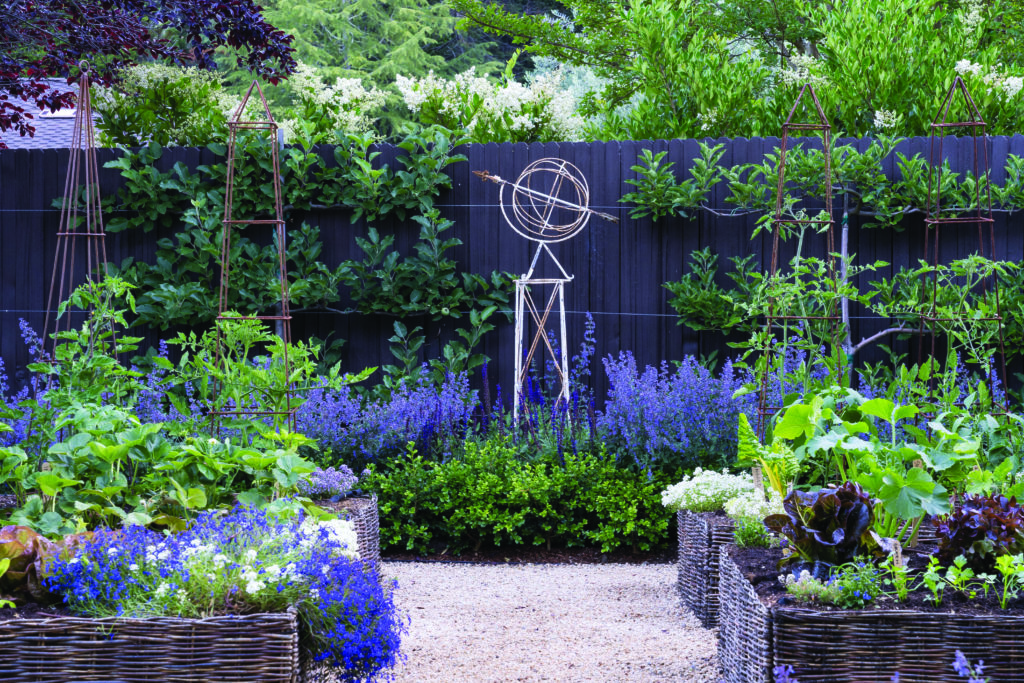
Do you manage the gardens for your clients or plant varietals that they can personally maintain?
We do both. Our sister company, the Backyard Farm Co., consists of professional farmers whose sole mission is to empower people to gain the confidence and skills to grow food. We tend our client gardens but also mentor and teach them to garden themselves— bridging the gap between installed food projects and ensuring their success in perpetuity. We also tailor the seasonal gardens to the required food preferences of the client. It’s important to start simple and just grow things that do well in your area with little fuss. Growing food is results driven. The more successes you experience and taste, the greater chance you have to continue farming.
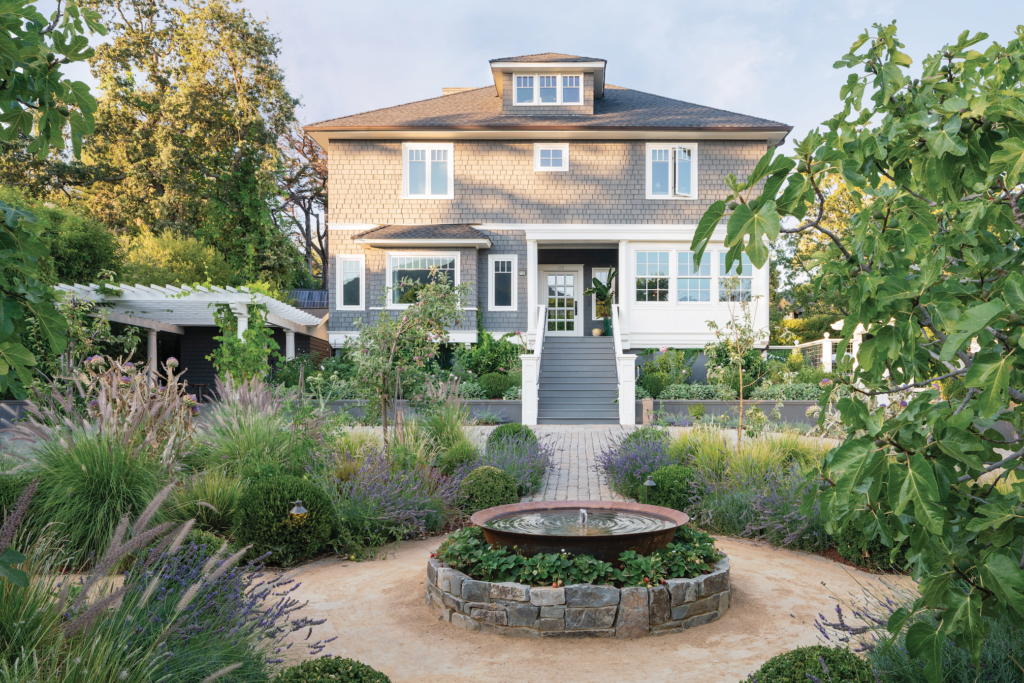
Clearly the pandemic has shown us all the importance of home. For those not living on a massive plot of land, how can an urban garden enhance their overall quality of life? As designers, one of our primary roles is to create spaces that entice people to explore, engage and relax in them. I have yet to find something more adept at hitting all of those points than spending time in the garden. The act of learning something new is compelling. Engaging with the natural world through the lens of growing food can be life changing. I’ve witnessed this many times in both adults and children. If you want to gift your children something, garden with them. You can grow a surprising amount in a small area when you maximize both the horizontal and vertical plane.
How will the creation of more urban gardens contribute to climate change mitigation? Growing food close to where you live significantly reduces excessive and unnecessary fossil fuel consumption. The labor, machinery, transportation and refrigeration necessary to deliver that bag of groceries to your kitchen is drenched in carbon emissions. It all adds up. We have an opportunity to use our home space to do our part and reduce our footprint. Even small amounts will make a difference if more of us jump on board. Water is also a major issue here in California. An organic lettuce grown at home uses approximately 10 times less water than one field-grown in the Central Valley (where 80 percent of our food comes from). Rather than extracting water from other counties to grow our food, let’s use our own local resources more responsibly. These are very clear and important choices as we move into an uncertain future and face environmental change. Epicurus, the Greek philosopher, stated that “self-sufficiency is the greatest of all wealth.” I feel that we are starting to appreciate that more than ever due to the pandemic. What better way of creating wealth could there be than starting your own home garden?
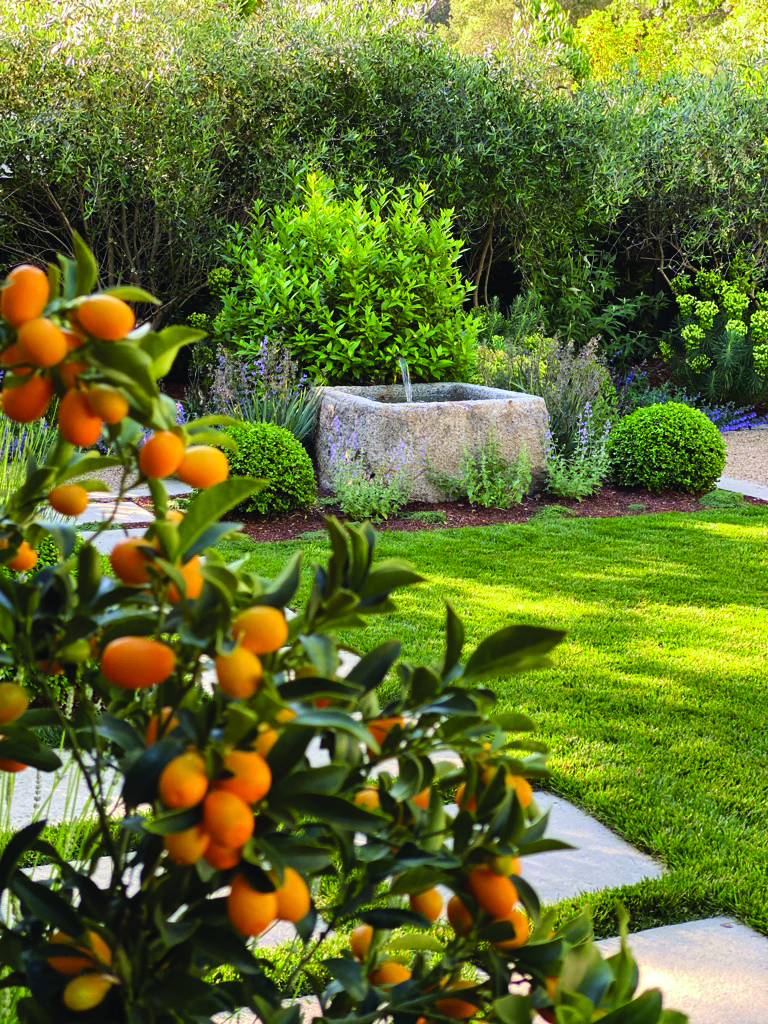
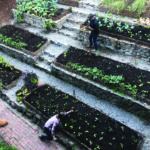
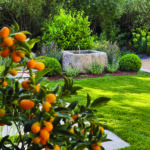
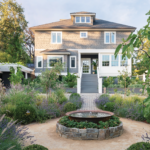

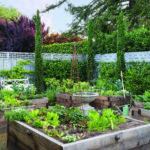
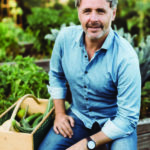
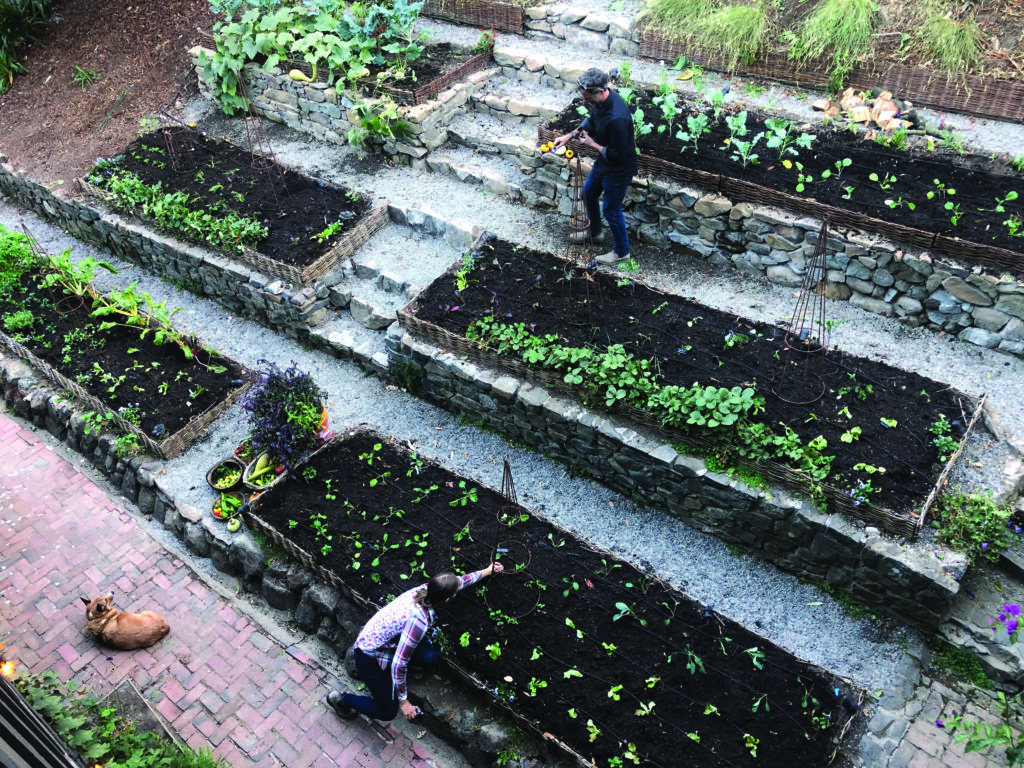 An aerial view of Tolan and Tyler Florence’s garden, captured by Tolan.
An aerial view of Tolan and Tyler Florence’s garden, captured by Tolan.